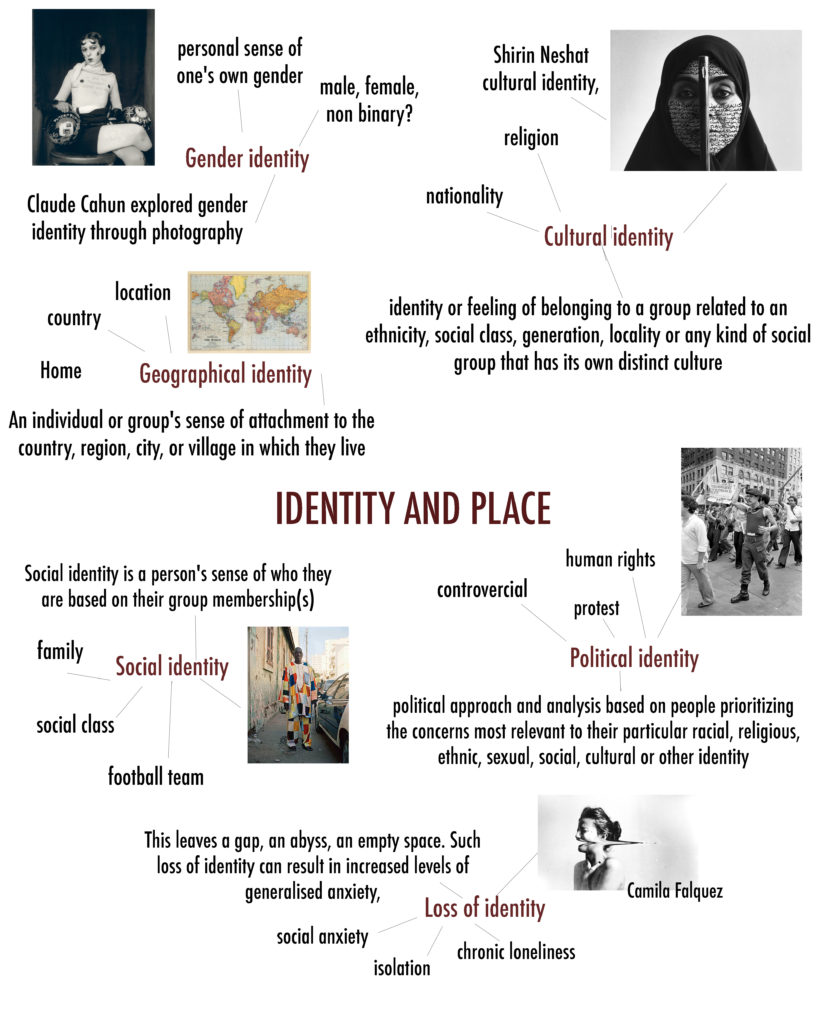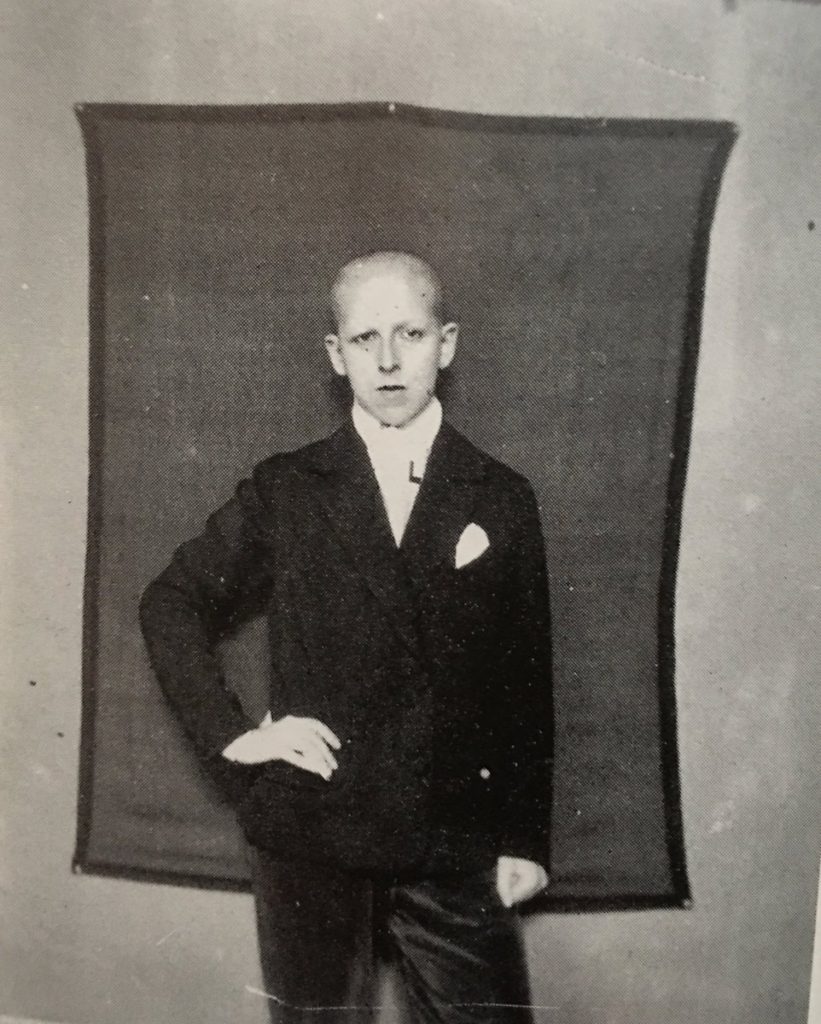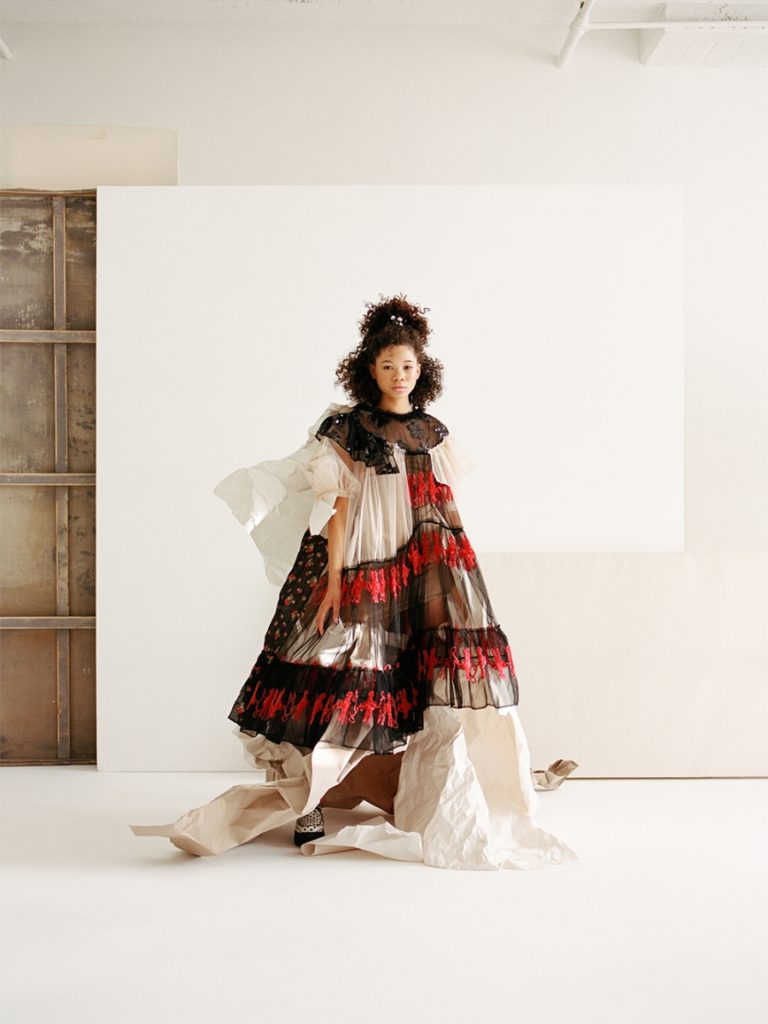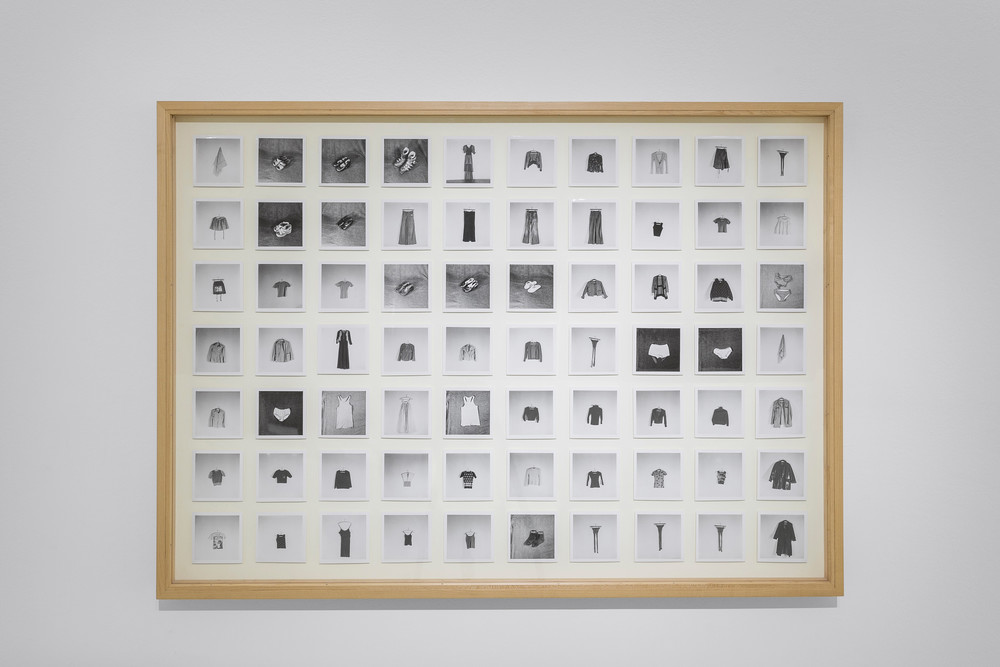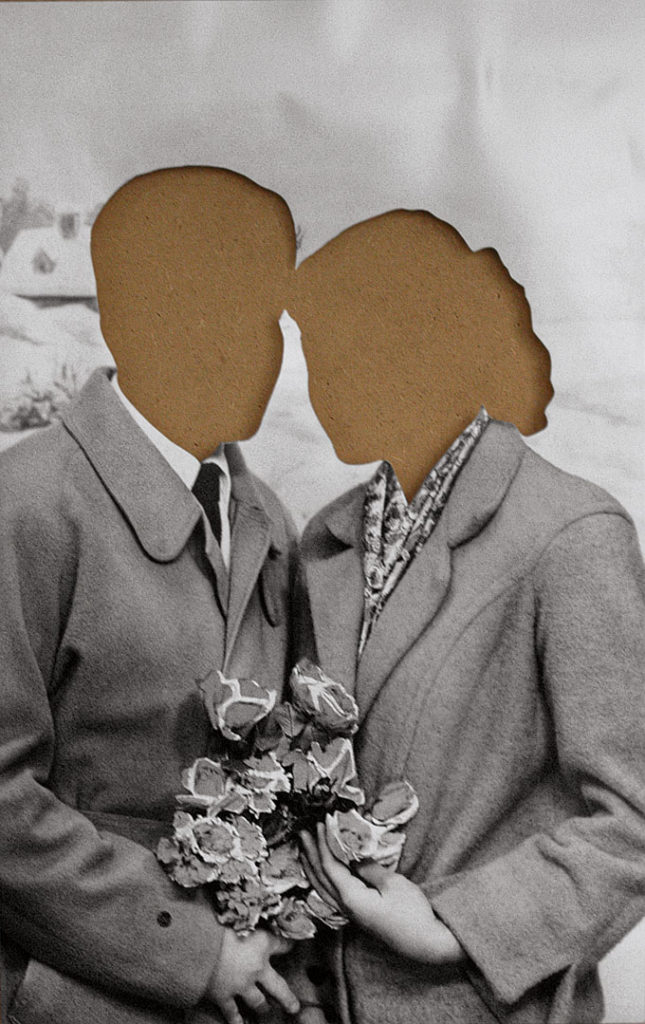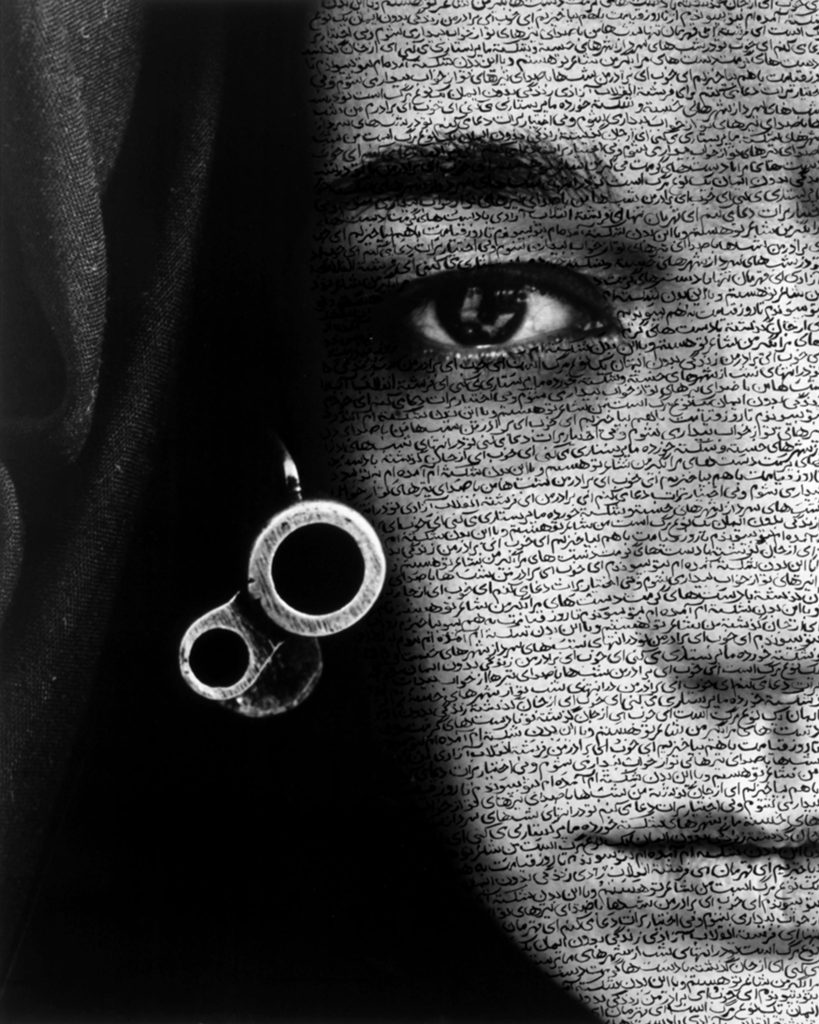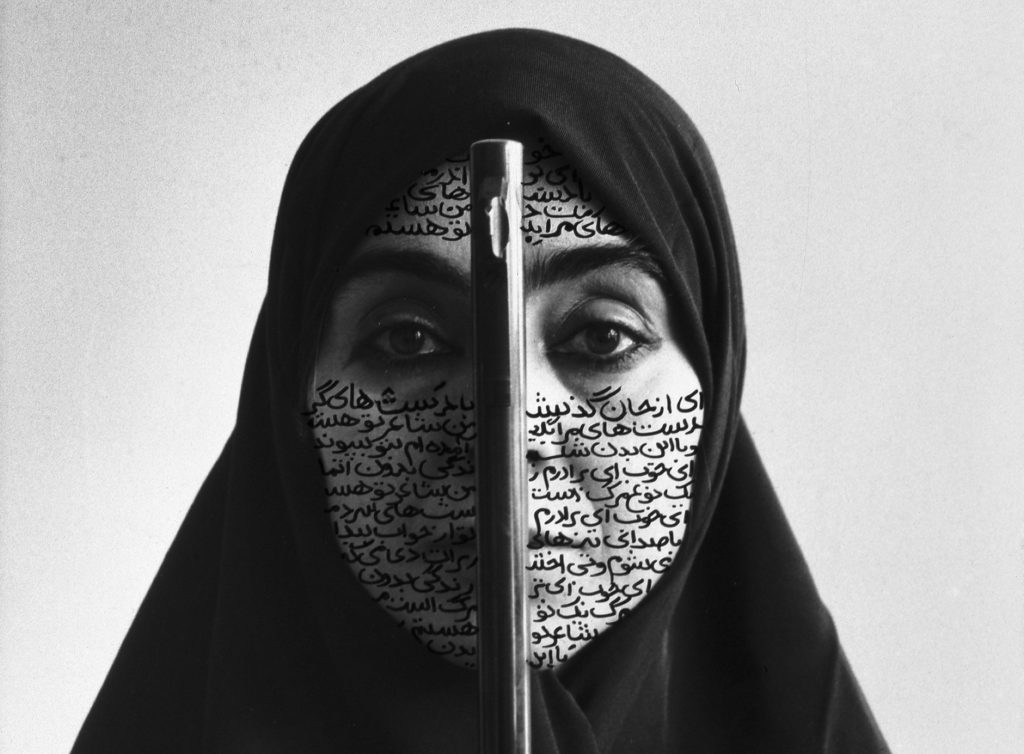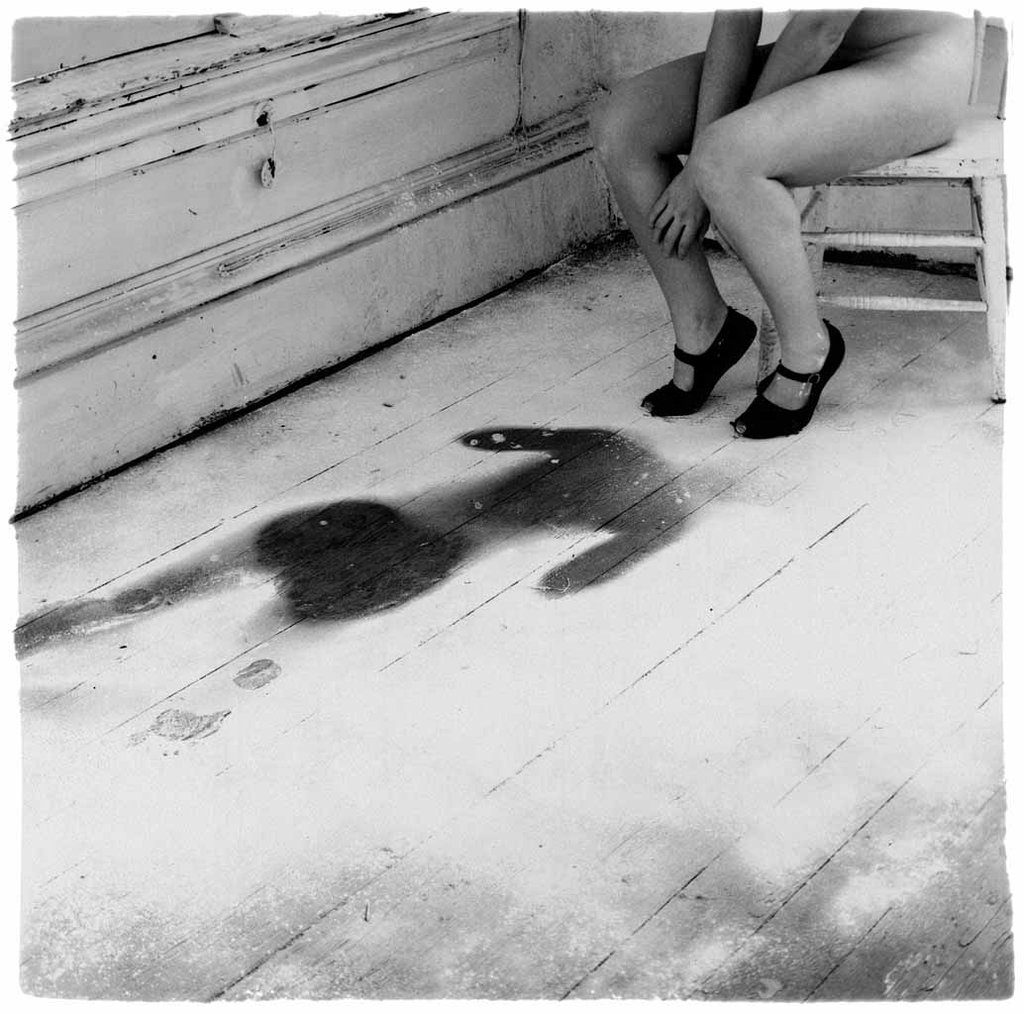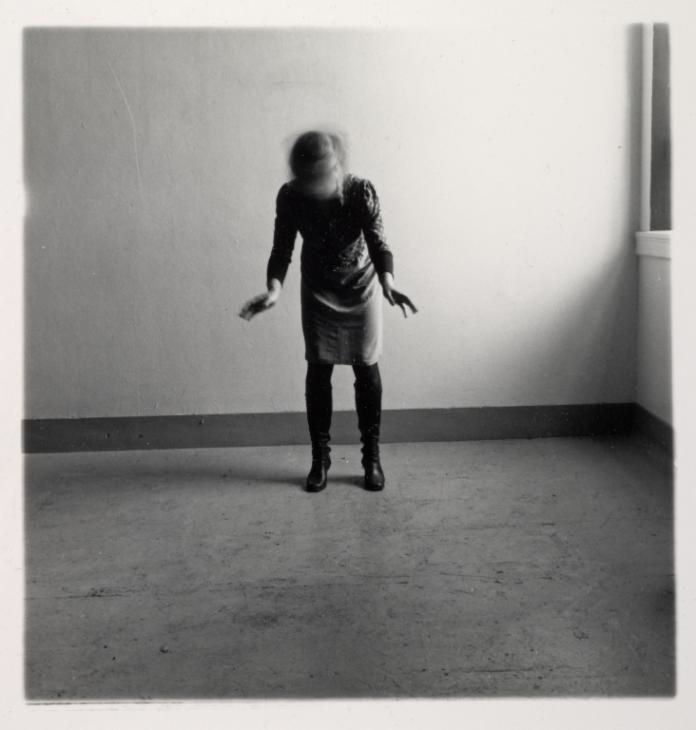WHAT IS ‘IDENTITY’?
“Identity is the qualities, beliefs, personality, looks and/or expressions that make a person or group, in psychology. Categorising identity can be positive or destructive, as psychological identity relates to self-image, self-esteem, and individuality.”
The idea of identity can relate to a more philosophical, deeper personal meaning about the way you want people to perceive you. It involves questioning yourself:
- who you are
- the way you think about yourself
- the way you are viewed by the world
- the characteristics that define you
- An example of identity is a person’s name
PHOTOGRAPHERS WHO EXPLORE IDENTITY:
Claude Cahun was a Surrealist photographer whose work explored gender identity and the subconscious mind. The artist worked with her lover Marcel Moore to create self-portraits from 1928 showing her attitude and style. In her pieces she stares defiantly at the camera in an outfit that looks neither conventionally masculine nor feminine.
Camila Falquez is a photographer and director with a creative point of view shaped by her background in ballet and contemporary dance. She is inspired by the human body and sees its movement through space as a kind of universal language, which she uses to express people identity through fashion and emotion. Falquez has photographed for labels including Nike, Barneys, Kanebo and Louis Vuitton.
Hans-Peter Feldmann is a German conceptual artist who has worked in multiple formats, from drawings and sculptures to artistic books and photographic essays. One of his most famous works is his 1973 piece “All the Clothes of a Woman” featuring 70 pieces of one woman’s wardrobe photographed one by one, showing the parts of a woman that make her, herself, linking to ones personal identity.
Shirin Neshat created a photographic series called “Women of Allah” which examines the complexities of women’s identities in the midst of a changing cultural landscape in the Middle East. It shows both through the view of Western representations of Muslim women, and through the more intimate subject of personal and religious conviction.
Francesca Woodman is best known for photographing herself, but her pictures are not self-portraits in the traditional sense. She is often nude or semi-nude and usually seen half hidden or obscured – sometimes by furniture, sometimes by slow exposures that blur her figure. She uses this ghosty presence to express her identity, focusing on the deeper meaning of mental health, depression and anxiety.

